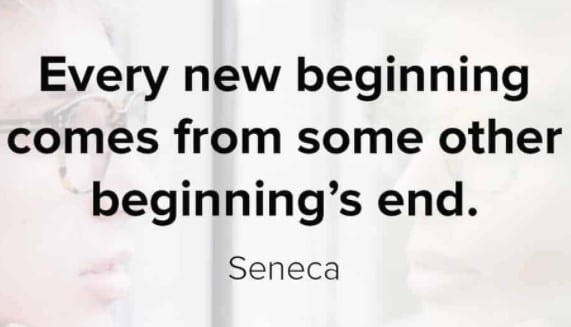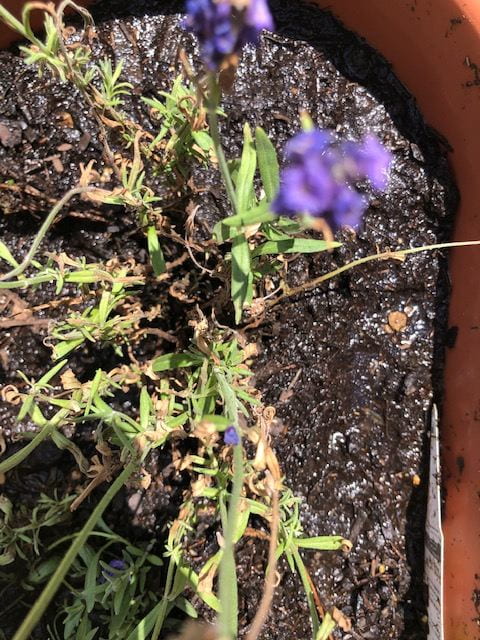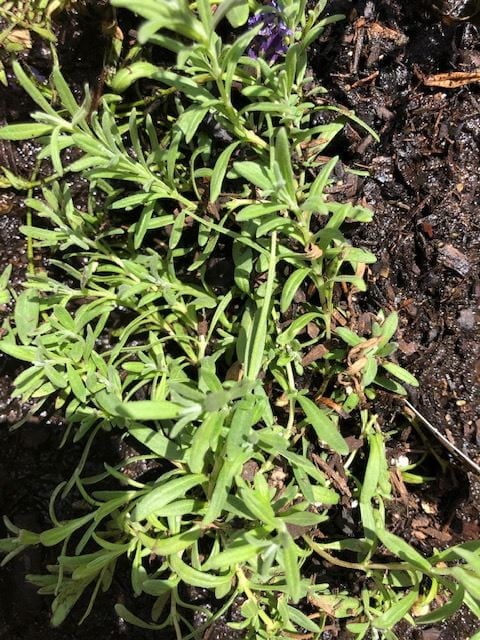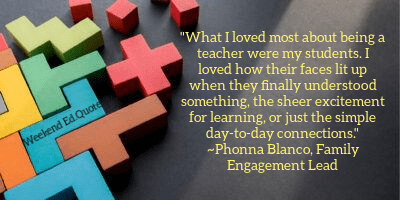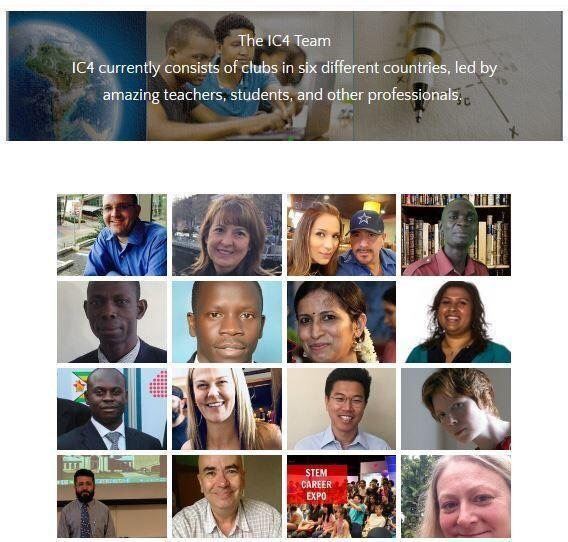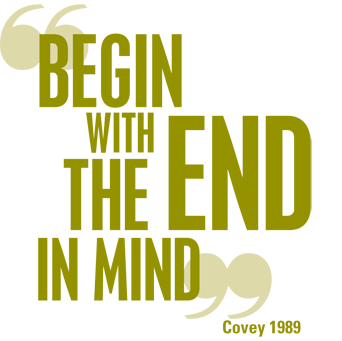Lecture Notes from Nebraska Professional Development Session
Liberal arts is a trifecta of a method of study, a program of study, and a label of study.
The Method of Study: Hutchins and Adler devised the Shared Inquiry method, publishing engaging classroom materials, and creating educational programs that develop critical thinking skills, reflective thinking, formulate compelling arguments, communicate well and solve problems. As the process crystallized, the ideals of strengthening social and civic engagement, and reaching new and underserved audiences emerged. Hutchins and Adler’s working laboratory was the U of Chicago.
I thought you might like a quote from Adler and Hutchins’ Britannica –In America, the curriculum goal of study for liberal arts was in “imparting general knowledge and developing general intellectual capacities in contrast to a professional, vocational, or technical curriculum.” Interestingly, learning a trade was done as a progression from apprentice, journeyman, and artisan.
At this same time period, Dewey is espousing a Progressive form of Education, which is addressed in Week 4. In Russia (U.S.S.R.), Vygotsky (also Week 4) is developing socio-cultural ideas but it wasn’t until glasnost that his work became widely known, which is why so many of the copyright dates on his work are circa 1978-1982.
This is why I beat the drum consistently that it is important for all graduate students to view these ideas as a continuum and as approaches to the great social experiment of educating all, instead of educating a few.
The Program of Study:
An American Liberal-Arts curriculum often includes the Big Three: Humanities, Science-Math, and Social Sciences.
Humanities originally was literature, language, philosophy, fine arts, and history. The language at first was Latin followed by additional languages. Science-Math included the physical and biological sciences and mathematics.
In Europe, liberal arts were composed of seven elements subdivided into the trivium (grammar, rhetoric, and logic) and the quadrivium (geometry, arithmetic, music, and astronomy). In Mexico, universities began circa 1891 and in South America, universities date from 1592-1828.
Regarding other types of school curriculum. There were seminaries, divinity schools, classical schools, law, and medical schools. Today, there are technical schools, commercial colleges which might teach medical transcription, bookkeeping, office skills, legal transcription, etc…
Some families chose private tutors for children and small towns would hire a “school teacher” for multi-age groups of children (one room school). .
Through the work of Adler, Hutchins and others, liberal arts curriculum was advanced beyond classical school campuses to more people as the country grew and became more industrialized. The “marginalized population” criticism is a reflection of popular culture. Prior to American Perennialism, there wasn’t the grand social experiment of education for all. There was education for men of advanced intellect.
Harvard opened in 1636 as a ministry training school. Some people reason that there were only Caucasian men but that is not entirely accurate. See Richard Theodore Greener, 1870.There was graduate availability for women in 1920 through Harvard Graduate School of Education. (Remember, women did not receive the National vote until 1920 (although Wyoming (1869), Texas (1919) Harvard Law admitted women undergrads in 1950 through the Radcliffe College system. The College of William and Mary was founded in 1693 and admitted women in 1918.
Princeton, Yale, did not admit women until 1969 (when Armstrong walked on the moon!) and Columbia (where my dad obtained his Masters) did not admit women until 1983.(!) Things were different on the West Coast. Cal Berkeley opened in 1968 and admitted women two years later in 1870. My grandmother studied Botany there in 1914 or so.
The Label of Liberal Arts: As a marketing tool, lots of schools use the label of liberal arts to include just about every subject beyond the original seven. Marketing will feature short time periods and an incentive of a job. In the original definition, a liberal arts curriculum was to promote a productive and meaningful life. Although, the restaurant down the street has a sign that says, “Home-Cooked Meals,” everyone knows that the meals were not made at home… When we eat there, we are buying the marketing.
Hope this helps as you all build your conceptual knowledge and timeline logistics!

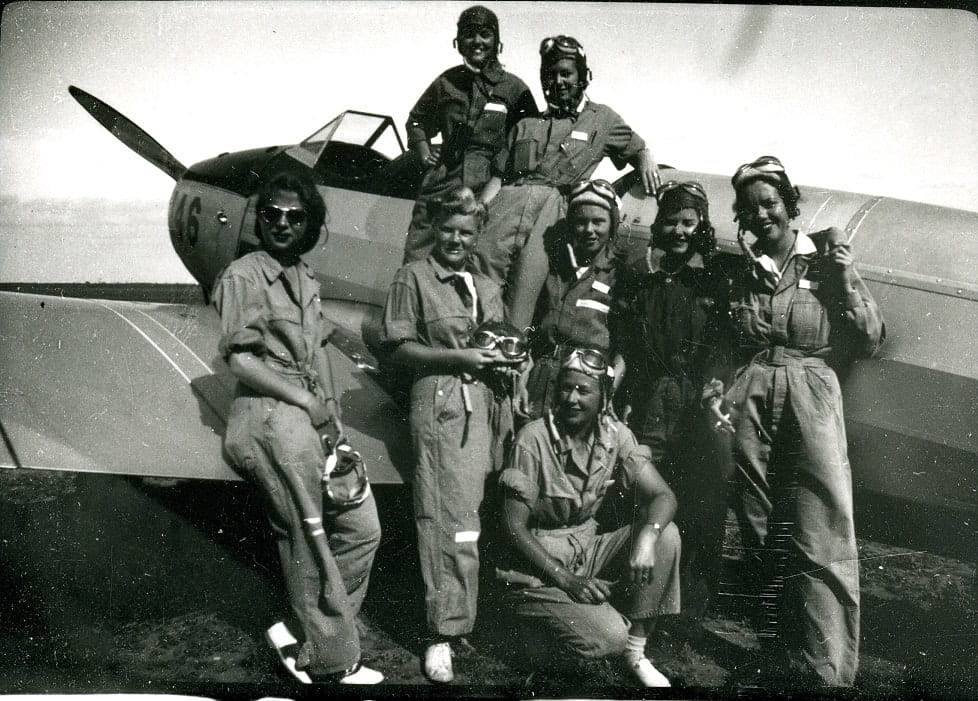
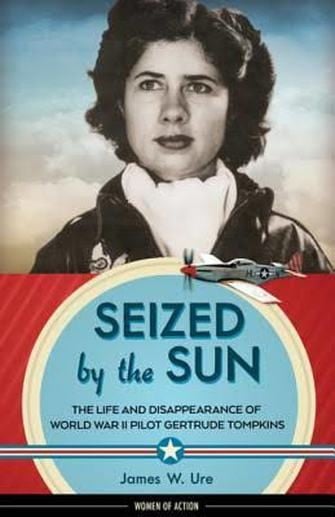 The 2017 Young Adutl (YA) book Seized by the Sun written by Jim Ure tells the life story of Gertrude “Tommy” Tompkins
The 2017 Young Adutl (YA) book Seized by the Sun written by Jim Ure tells the life story of Gertrude “Tommy” Tompkins
